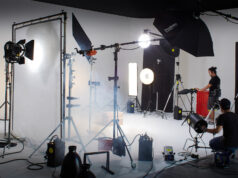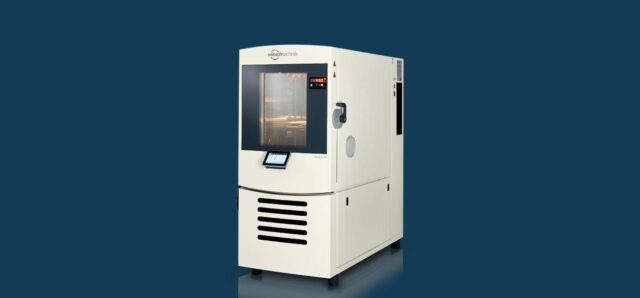
Environmental test chambers are critical tools in product testing and research, used extensively across various industries to simulate different environmental conditions.
These chambers play a pivotal role in ensuring the reliability and durability of products under extreme or varying conditions.
This article will delve into the intricacies of environment-related test chambers, exploring their types, functions, and applications.
The Essence of Environmental Test Chambers
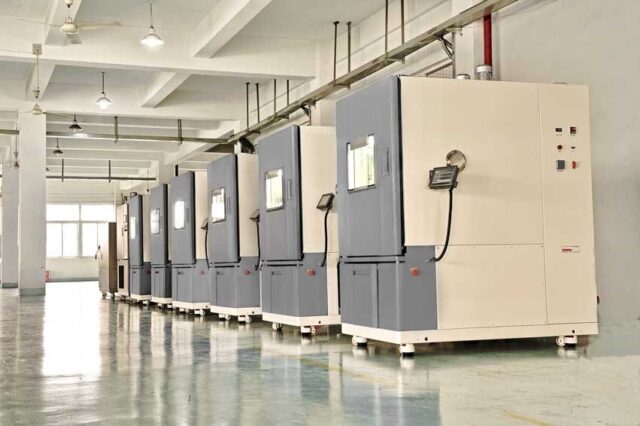
At their core, environment-related test compartments are specialized equipment designed to replicate environmental conditions. These conditions can range from extreme temperatures and humidity levels to atmospheric pressures and beyond. By subjecting products to these conditions, researchers can evaluate their performance, endurance, and safety.
The Diversity of Types
Environmental test compartments, like those at Bell, come in various forms, each tailored to specific testing needs. Common types include temperature, humidity, thermal shock, altitude, and salt spray chambers.
Temperature test products against extreme heat or cold, while humidity compartments assess the effects of moisture. Thermal shock compartments rapidly change temperatures to evaluate a product’s resistance to thermal expansion and contraction.
Altitude compartments simulate high-altitude conditions, and salt spray compartments test corrosion resistance in a saline environment.
The Science Behind the Functioning
These chambers function by controlling and maintaining specific environmental conditions within a confined space. They are equipped with advanced systems for heating, cooling, and humidifying, as well as sensors and control units to regulate and monitor the environment precisely. The capacity to create consistent and repeatable conditions is crucial for reliable test results.
The Role of Control Systems
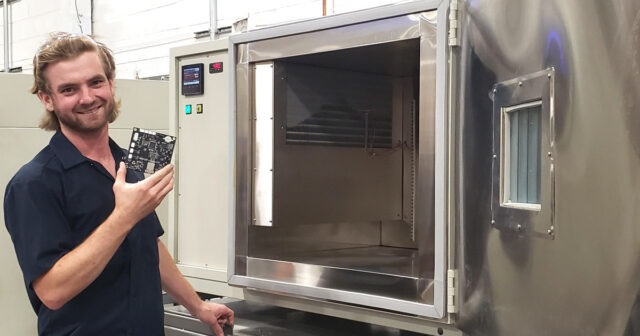
Control systems in environmental test chambers are fundamental to their operation. These systems, often computerized, allow for precise setting and monitoring of environment-related parameters. Users can program specific test conditions, durations, and sequences, ensuring a comprehensive evaluation of the product’s response to various stressors.
Applications Across Industries
The applications of environmental test compartments span a wide range of industries. In the aerospace sector, they are used to test components for their ability to withstand extreme temperatures and pressures.
The automotive industry utilizes these machines to ensure vehicle parts perform reliably under varying climatic conditions. Electronics, pharmaceuticals, and packaging industries also rely on these chambers to guarantee product quality and adherence to safety standards.
Innovation and Technological Advancements
The field of environmental test compartments is witnessing a surge in technological innovations. Advanced materials and state-of-the-art control technologies are enhancing the precision and efficiency of these machines.
Innovations include more accurate temperature control, faster humidity adjustment, and more sophisticated programming capabilities. These advancements not only improve the quality of testing but also reduce the time and cost involved in product development cycles.
Customization and Specialized Designs
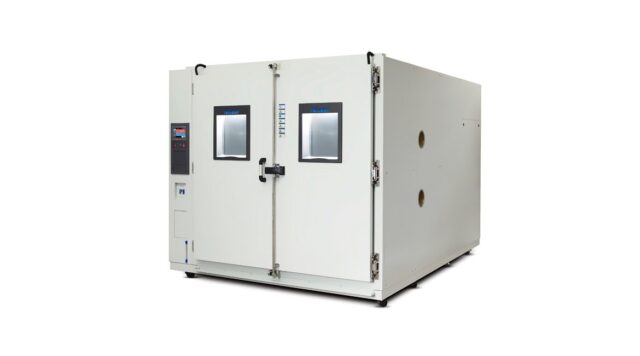
Customization is a key trend in the environmental test chamber market. Different products and industries require unique testing conditions, driving the demand for customized compartments.
Manufacturers are now offering tailor-made solutions that cater to specific testing needs, ranging from small, bench-top chambers for laboratory use to large, walk-in chambers for industrial applications. These specialized designs are equipped to handle a wide array of products, from tiny electronic components to large aerospace parts.
Environmental and Safety Considerations
As environmental awareness increases, the design and operation of test compartments are becoming more eco-friendly. Modern machines are being designed to minimize energy consumption and reduce environment-related impact.
This shift includes the use of CFC-free refrigerants and energy-efficient components. Additionally, safety in these chambers is paramount. Features like emergency shut-offs, fail-safes, and compliance with international safety standards are integral to their design.
The Role of Data in Environmental Testing
Data acquisition and analysis play a crucial role in the functionality of environmental test chambers. Modern compartments are equipped with sensors and data logging systems that record detailed information about the test conditions and the product’s response.
This data is crucial for understanding product behavior and making informed decisions in the development process. It also aids in compliance with regulatory standards and quality assurance.
Training and Maintenance
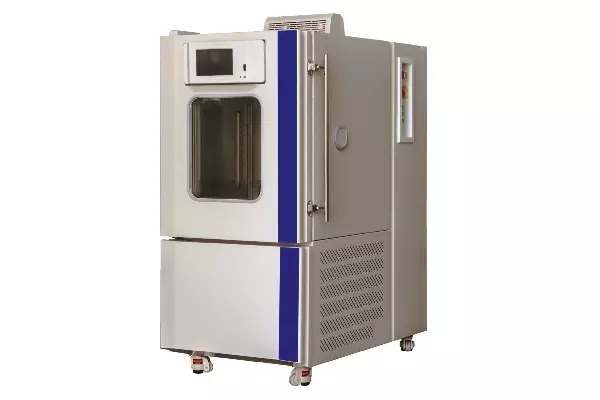
Operating environment-related test machines requires specialized knowledge and skills. Proper training for personnel is essential to ensure accurate and safe operation.
Regular maintenance and calibration are also crucial to ensure that the chambers function optimally and provide reliable test results. This maintenance includes routine checks, repairs, and calibration of sensors and control systems.
Looking Towards the Future
As we look to the future, the role of environmental test chambers in product development and research will continue to grow. Emerging technologies like artificial intelligence and the Internet of Things (IoT) are expected to bring new dimensions to environmental testing.
These technologies could lead to more automated, intelligent, and interconnected testing systems, further enhancing the efficiency and effectiveness of product testing.
Validation and Compliance
Validation and compliance are critical aspects of using environment-related test chambers effectively. Validation ensures that the chamber performs reliably and consistently, adhering to established industry standards and regulations.
This process involves rigorous testing and documentation to confirm that the chamber’s conditions accurately mimic real-world environments.
Compliance, on the other hand, ensures that the testing conducted in these chambers aligns with industry-specific standards and regulations. Whether it’s ISO, ASTM, or other standards, compliance is essential to validate the quality and safety of products.
Benefits of Environmental Testing
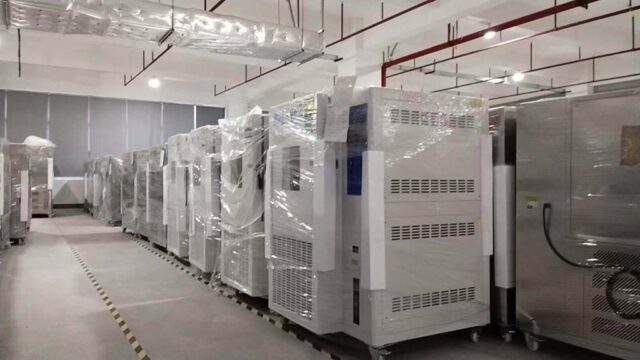
Environmental testing offers numerous advantages throughout the product development cycle. One of the primary benefits is early defect detection. By subjecting products to extreme conditions, potential weaknesses or vulnerabilities become evident, allowing manufacturers to address them before production.
Improved product reliability is another key benefit. Testing products in realistic conditions ensures that they perform consistently and endure extreme situations, resulting in fewer warranty claims and recalls.
Furthermore, environment-related testing reduces development costs by identifying design flaws early, streamlining the design process, and enhancing product quality.
Summary
In summary, environment-related test chambers are indispensable in ensuring that products meet the highest standards of quality and reliability.
Through continuous innovation and adherence to environmental and safety standards, these chambers are set to remain a cornerstone in the development of robust and resilient products across various industries.
The future of environmental testing looks bright, with technological advancements poised to bring new levels of precision and efficiency to the field.



